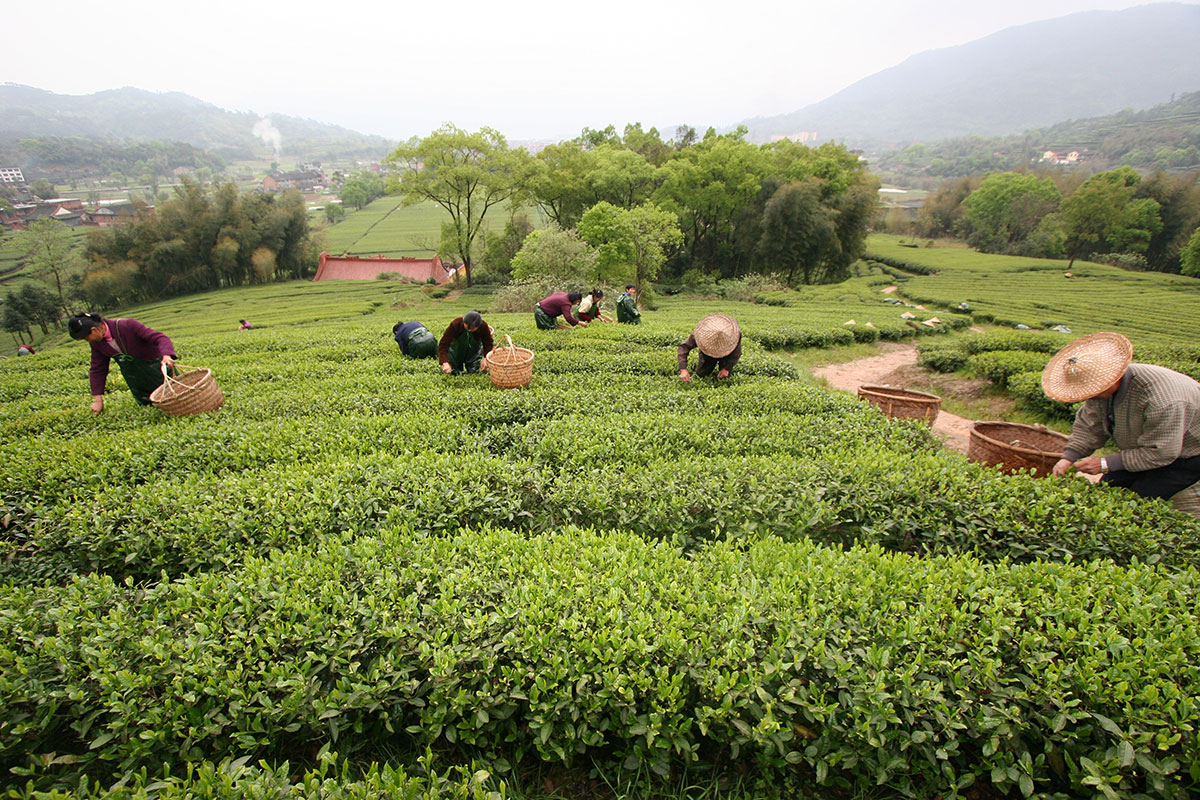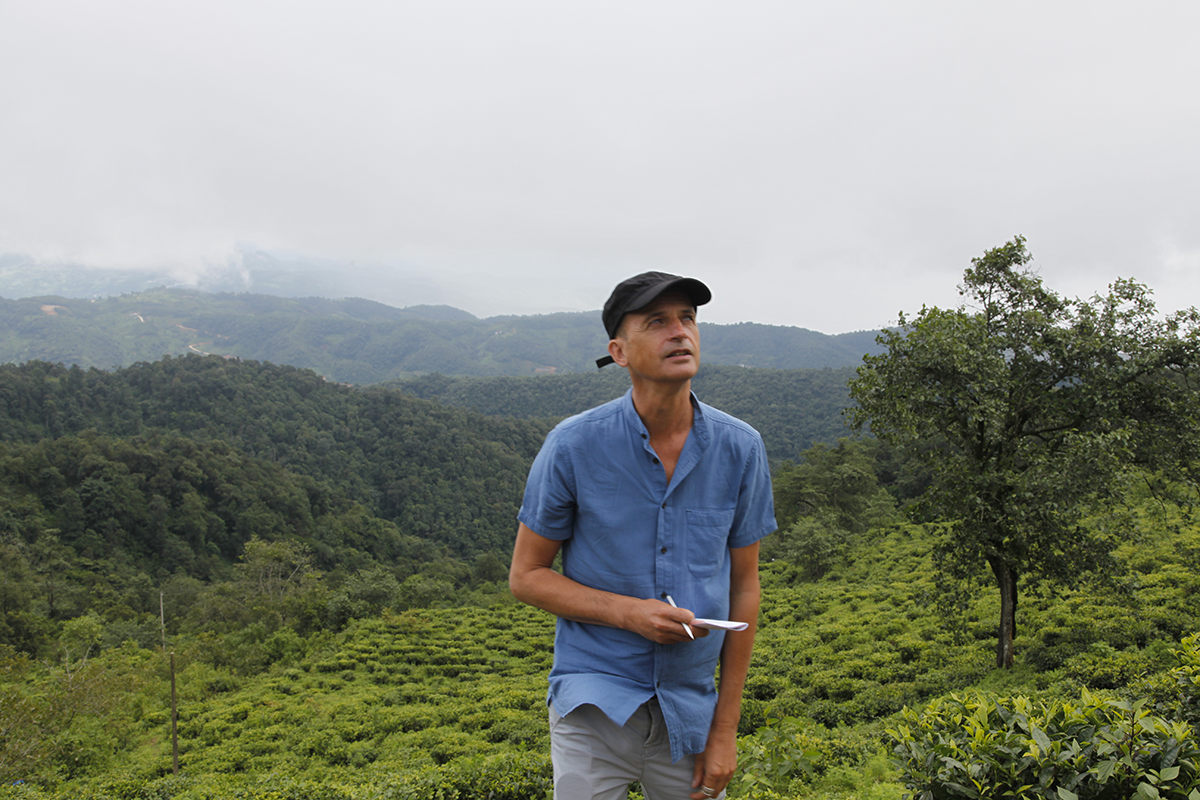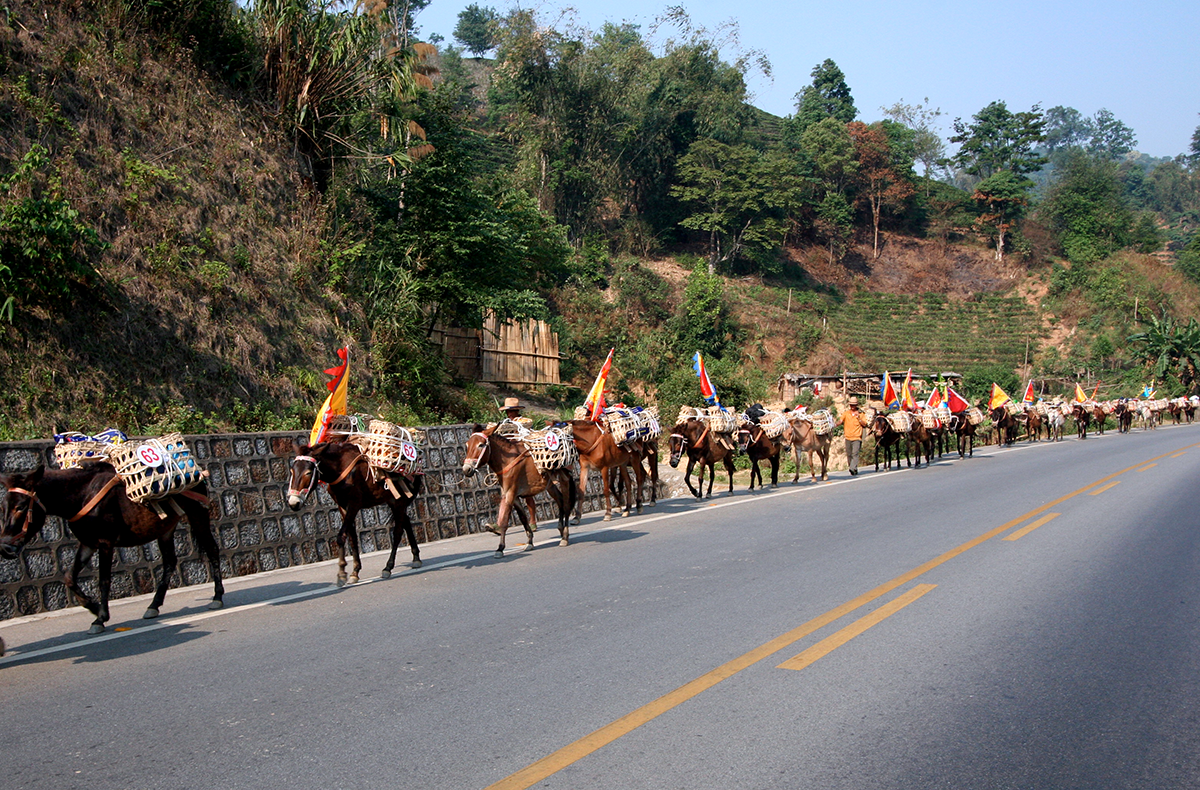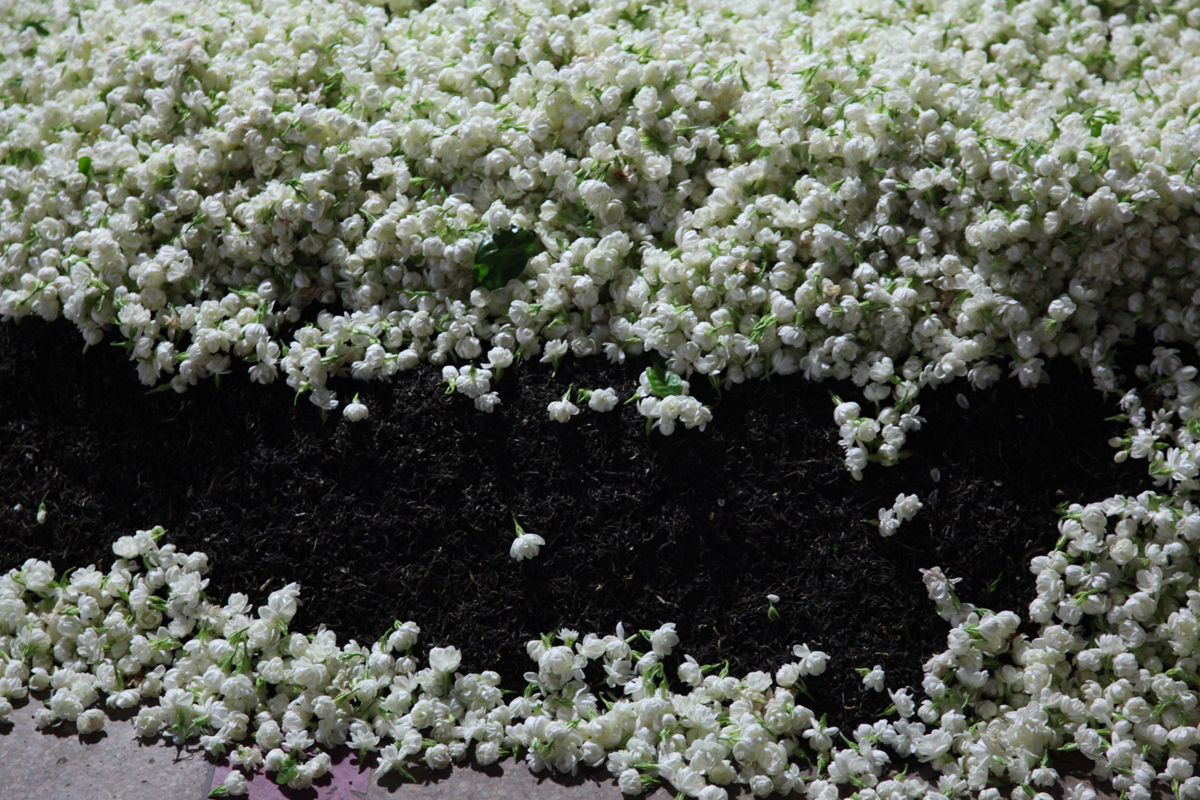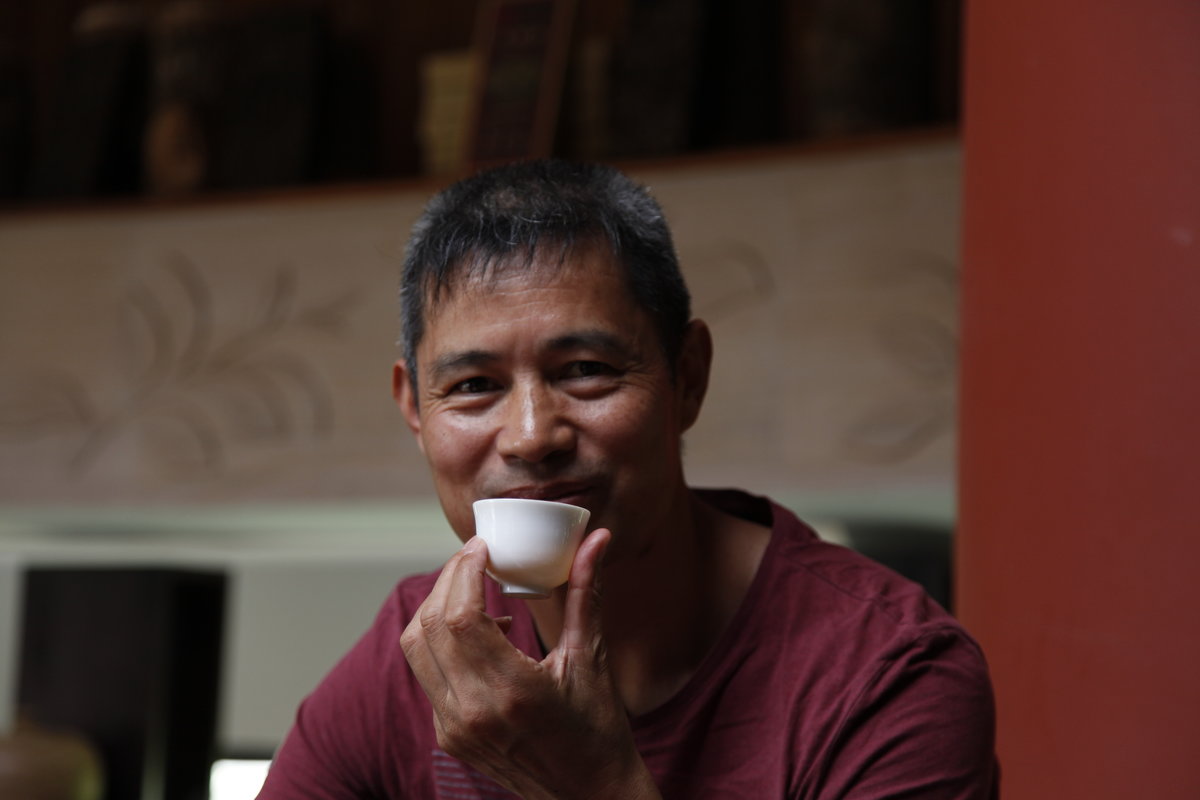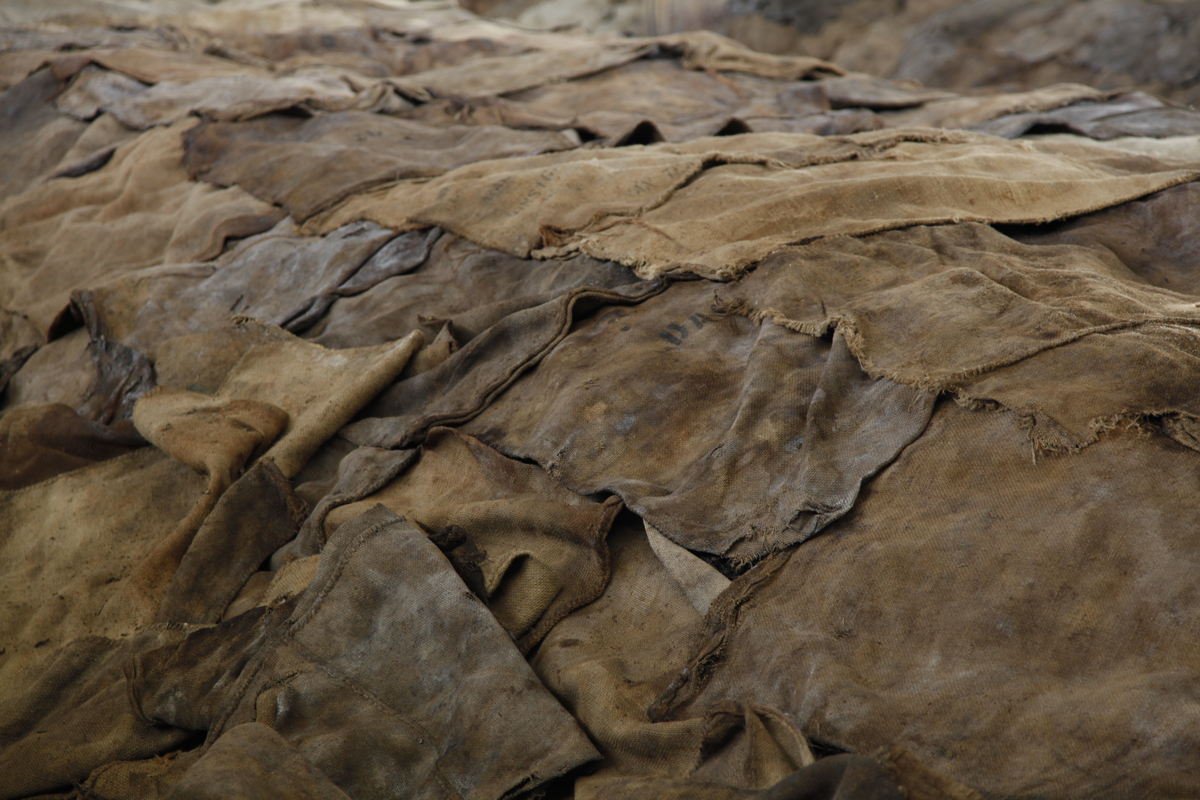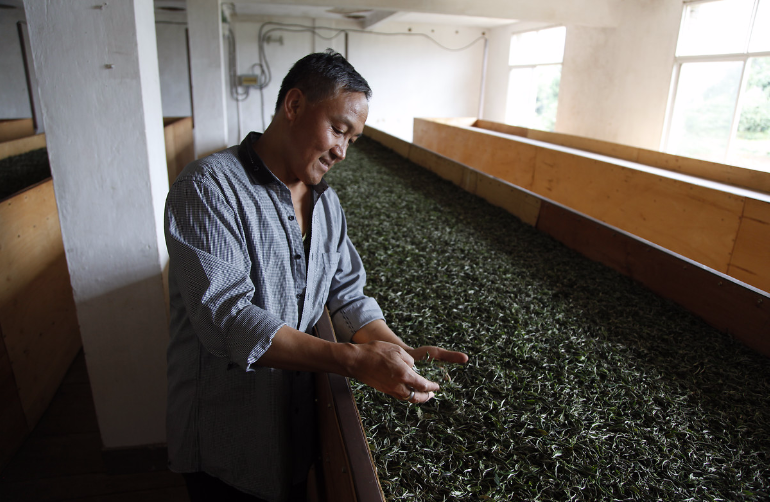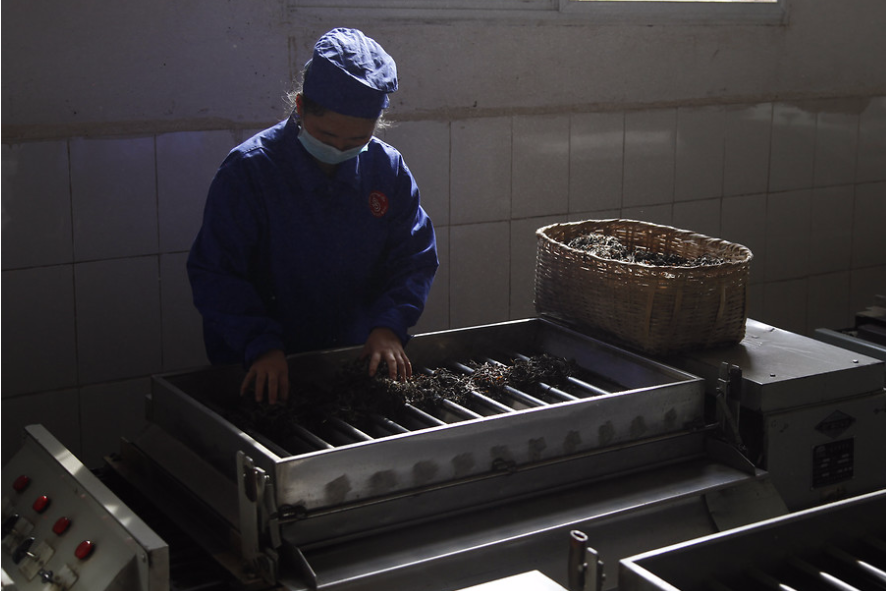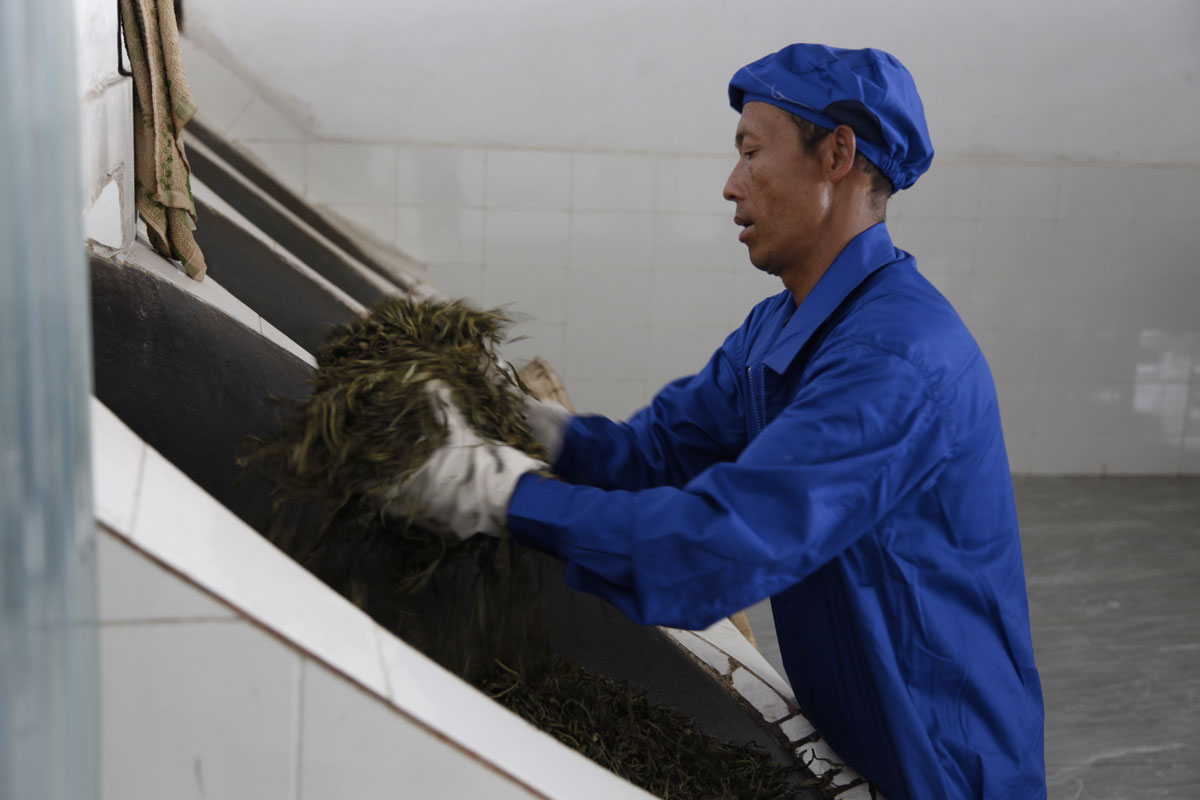This year, I have chosen ten Chinese new-season green teas. They include well-known names such as Bi Luo Chun, Long Jing, Huang Shan Mao Feng, Ding Gu Da Fang and Yong Xi Huo Qing, as well as some rare pluckings. There are three aims with a selection like this: the teas must be exceptional, clean, and offer value for money.
I’ve travelled enough in China over 30 years to know where to find the best teas. However, every year, more and more Chinese people are buying these rare teas, and domestic demand has gone from non-existent to high, which has, of course, pushed prices up. Also, although European standards on pesticide residues are the strictest in the world, which is a good thing, they put off a number of farmers due to the long, costly analysis process involved, first in China, then in France.
So the 2019 Chinese new-season selection features teas that are rare, clean and the best possible value for money. Happy tasting!
China
You can’t rely on a name, even a prestigious one
Tea can be complicated in that you cannot rely on a name as a gauge of quality, for the simple reason that tea grows in regions which often experience significant variations in weather. This results in variations in quality. One example is that during the monsoon, it rains non-stop for weeks on end, and the tea is obviously not good. A prestigious plantation that sometimes produces remarkable teas in the best seasons is not capable of doing the same during the rainy months. So a prestigious garden can also produce bad teas. This means it’s important for a tea researcher like myself to taste every tea before buying, and never rely on a name. And it’s also important for the customer to be well informed and guided by skilled sales advisers.
The tea routes
For centuries, tea travelled on the backs of donkeys, horses and yaks. There were a number of tea routes. They started at the Chinese provinces that produced compressed teas (Yunnan, Sichuan, etc.) and led to Tibet. In those days, tea was traded for salt or horses.
To perpetuate this tradition today, some people hold re-enactments, and you can watch hundreds of animals file past, carrying cakes of tea.
The art of making jasmine tea
The world’s finest jasmine teas are produced in August and September in Fujian province (China). They are made using a green tea base, and as the best green teas are harvested in April, the necessary quantity is reserved at the time. The jasmine flowers on the other hand, are picked at the end of summer. Jasmine flowers open in the evening, when they release their fragrance. When this happens, they are placed in layers with the tea leaves, impregnating them with their heady scent. Throughout the night they are mixed together to ensure the leaves have absorbed as much of the fragrance as possible. When day breaks they are separated, before the jasmine flowers turn bitter.
Who is Mr Tian?
Wen Rong Tian has had two lives: the first as a physical education teacher; the second, which began 27 years ago, as a tea producer. From the first he has kept his love of a healthy life, and follows a daily programme of vigorous exercise and a strict diet. The second came from his father, who managed a tea factory for 20 years. However, son has surpassed father: today, Wen Rong Tian is one of the main, if not the leading, producer of black tea in Yunnan. He makes excellent teas and even claims to have created the famous Yunnan Golden Buds and Golden Needle teas produced in the province. I visited him near Baoshan, where he lives. His passion lies not so much with walking though tea fields as spending all his time tasting his teas and improving production processes. He lives, sleeps, eats and breathes just a few metres from his factory. What gives him the most pride is to make some of the most amazing teas in the world, just from simple leaves. And unlike many Chinese producers, he prefers black teas to green teas, for their generous aromas and smooth presence.
Cooked Pu Erhs: an autumnal palette
What possible connection could there be between these tattered old cloths and tea? Simple: these thick cloths are used to cover piles of tea leaves, keeping the oxygen out. In the damp, dark environment, the tea will ferment. This is a crucial step in processing cooked pu erh teas. Every day, someone will check the temperature of the leaves, letting in a bit of air if they get too warm. They will also dampen the leaves several times over the forty days or so of ripening, covering them again immediately each time. In the cup, cooked pu erh teas develop notes of wood, undergrowth, caves, damp earth, straw, humus, leather, and liquorice, and it makes me smile to think that these cloths with their shades of brown express the same sense of autumn as the scent bouquet of the teas they cover.
Make tea not war
I got to know Xuan Dong Wu this summer. I met him in the Ming De factory he manages and where, that day, he was overseeing the withering of the tea leaves with the greatest attention. Xuan Dong Wu loves his job. He has not always been in the tea business. He started out in the army, and fought in the Sino-Vietnamese War in the early 1980s. He then returned to the village where he was born, and where tea provides the majority of work. He makes white teas, pu erhs, and black teas that are considered the best in Yunnan. He likes to introduce new ideas, and is responsible for several of our Mao Chas, the intermediate teas used to made Pu Erh. Xuan Dong Wu is a shy man, and didn’t say much when I asked him what he wanted me to write about him here. He simply told me about his life, and what he likes. He said he likes making tea with his heart and with his efforts, he said he wanted to do his best and make the best teas possible. And then he plunged his hands back into the withering leaves, and didn’t take his eyes off them.
Rolling Mao Cha
Mao Cha – the raw tea from which Pu Erh is made – increasingly undergoes a rolling stage. Right after the leaves have been withered then heated in a wok, they are placed in a machine that shakes them from side to side, rapidly and regularly. The leaves hit the vertical sides and gradually their shape changes – they curl up gently lengthwise. Rolling takes place with most teas, it shapes the leaves. With green teas, for example, it breaks down the cells and releases the aroma compounds that oxidise or ferment.
Tea and style
It’s true that preparing tea consists simply of placing tea leaves in contact with water, an encounter that produces a delicate, fragrant drink. The process can be more or less straightforward, more or less delicate. In China, in the space of barely 20 years, preparing tea using the gong fu method, which must be done slowly and with self-control, has become incredibly popular. It is often young women who perform the task. They are always elegant, and every movement is precise. You watch in admiration as their agile fingers trace beautiful flowing arcs in the air before depositing a few drops of the precious nectar in your tiny cup.
Les 4 étapes du mao cha
La fabrication d’un mao cha se fait en 4 étapes. Rappelons tout d’abord que l’on nomme mao cha le thé qui va servir à fabriquer un pu erh, que celui-ci soit cru ou bien cuit. Précisons également que la façon de faire le mao cha a évolué avec le temps. Un simple flétrissage suivi d’un séchage au soleil est devenu plus complexe au gré des modes et de l’engouement incroyable des Chinois pour leurs thés sombres. Aujourd’hui, voilà comment cela se passe. Après avoir récolté les feuilles, on les laisse se flétrir durant environ 2 heures. Puis on fixe les feuilles au wok (photo) à 200 degrés durant environ 30 minutes. Ensuite, on va rouler les feuilles durant 10 minutes avant de les laisser sécher toute la journée au soleil. En théorie, le mao cha est destiné à être compressé, mais il n’est pas interdit de le déguster tel quel et de savourer ses notes minérales, fruitées, végétales et animales.

